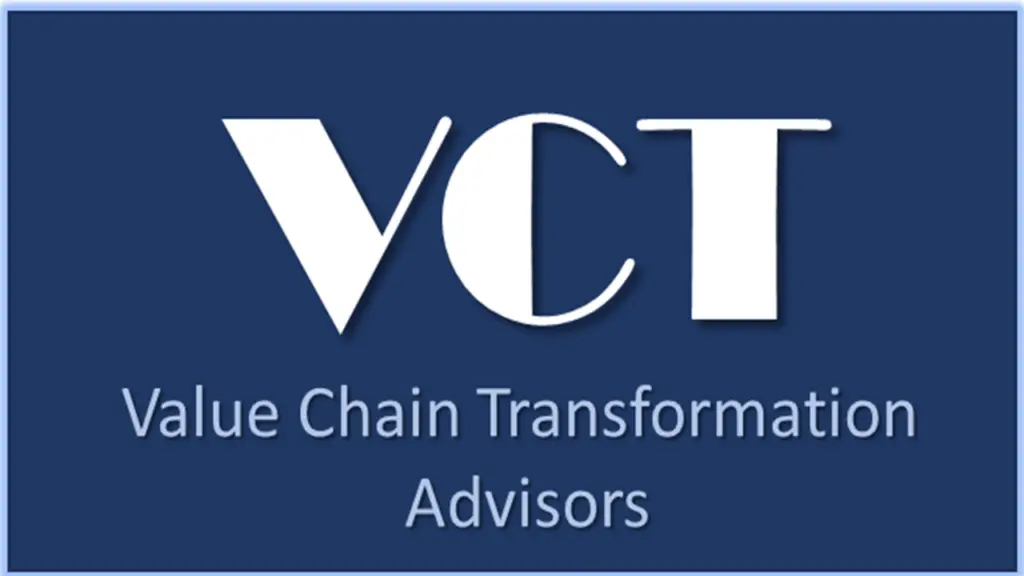Tariffs are back again and this time, they’re sticking to the bottom line.
The nation’s largest retailer, Walmart, just posted a rare profit miss, last quarter even as revenue rose and margins improved, according to MarketWatch. Their latest earnings report makes it clear: rising costs from tariffs are getting harder and harder to swallow. Whether you’re sourcing overseas or managing procurement in the U.S., you’ve likely also started to feel the squeeze. The worst part? For many, the real financial impact hasn’t even hit yet.
Businesses that have been burning through their pre-tariff stock are now bracing for steeper costs to cascade through their balance sheets. While large enterprises may still be able to shield the impact of tariffs by leveraging their scale for price breaks or large volume discounts. Smaller and mid-sized manufacturers and distributors are finding themselves bearing the full brunt of tariff impacts—with fewer levers to pull. If you aren’t a multi-national enterprise, “absorbing” rising costs is a lot like eating glass: painful, unsustainable, and potentially disastrous.
Why It Matters Now
Uncertainty isn’t just a buzzword—it’s a measurable economic pressure, and it’s rising fast. In fact, according to the Economic Policy Uncertainty Index, we’re on a steep climb back toward 2020-level disruption. There’s a reason why companies like GAINS customer Border States post monthly tariff updates on LinkedIn. They’ve seen how fast conditions can deteriorate, and they know the risk of delay.
Hoping for things to get back to normal and waiting for things to calm down aren’t strategies; historically, once prices go up, they don’t come back down. Which means the longer your supply network stays exposed, the more difficult it will be to course-correct without significant effort and investment.
Shield Your Margins with Smarter Operations
If you can’t control tariffs—and you can’t—you have to control what you can. That means turning inward to find efficiency, agility, and savings that strengthen your defenses from the inside out.
External factors – Tariffs, inflation, port congestion, supplier delays—may be outside your control, but how you respond isn’t. GAINS helps companies navigate uncertainty not by hoping for better conditions, but by building smarter operations. This isn’t just about pinching pennies. It’s about protecting profit margins, building financial resilience, and equipping your supply chain to out-adapt your competitors. While others wait for relief, successful supply chain leaders are finding savings now—and using that momentum to push forward.
Steps you can take right now to help offset tariff costs
Right-Size Inventory to Free Up Cash: Companies like Border States have leveraged GAINS’ Lead Time Prediction (LTP) to reduce inventory by $21M in just 6–8 months—all while improving service. That’s real working capital, back on the table.
Improve Forecast Accuracy: Better forecasts mean fewer surprises, faster pivots, and less waste. Border States improved lead time accuracy by 65%, cut expediting costs by 30%, and achieved a 976% ROI.
Boost Working Capital Efficiency: Reduce buffer stock and safety inventory without compromising service levels. Focus on dynamic policies, not static spreadsheets.
Refine Fulfillment Rules for Better Service: Use simulation to test the impact of order splitting, primary ship-from sites, and partial fills—so you know how changes will affect service before you roll them out.
Accelerate Decision Confidence: Executives want evidence, not assumptions. Simulation helps strategy teams prove recommendations will hold up in the real world—reducing hesitation and aligning stakeholders behind decisions faster.
Stress-Test Resiliency Plans: Don’t wait for a real disruption to test your supply chain. Simulation lets you model scenarios like port closures, capacity shortfalls, or demand shocks—helping you identify where your network bends, breaks, or thrives under pressure.
Turning Uncertainty into Your Competitive Advantage
Volatility isn’t going away—but your vulnerability to it can. Here’s how supply chain leaders are shifting strategies to strengthen performance and outpace disruption.
Diversify Vendors & Model Risk: Use simulations to model risk from vendor concentration, and test new sourcing strategies before committing. It’s faster (and cheaper) to pivot in software than on the shop floor. A design might look great in theory—but will it actually work? GAINS’ Simulation module removes the guesswork by modeling supply chain behavior at the order level. It tests your designs, fulfillment policies, or “what-if” scenarios under real-world conditions to see if they hold up on both cost and service—not just averages.
Instead of crossing your fingers on a 95% fill rate, you can see the daily performance play out before anything goes live. This helps build executive confidence and clears the final hurdle to implementation. For early adopters, it’s a chance to shape a tool that turns strategy into certainty.
Design for Agility: Use DEO (Decision Engineering & Orchestration) to continually reconfigure your supply chain as the environment shifts. This isn’t about one-off decisions—it’s about sustainable, ongoing agility. Where Simulation tests your supply chain under stress, GAINS’
Risk-Adjusted Design (RAD) helps you design for that stress in the first place. RAD factors in potential disruptions—like tariffs, port closures, or supplier risk—before they derail your plans. It lets you weigh resilience versus cost and make smarter decisions, such as whether to diversify suppliers or shift capacity.
Together, RAD and Simulation ensure you’re designing smart and stress-testing thoroughly. That’s how you go from theoretical savings to real-world performance.
Goodbye De Minimis, Hello Complexity
As if rising tariffs weren’t enough, supply chains are about to face another curveball: the end of the de minimis exemption as of August 2025. This change means every shipment entering the U.S.—regardless of value—will now be subject to duties and customs procedures. The $800 duty-free threshold that many small and mid-sized businesses relied on has disappeared, and with it, the cushion that helped keep import costs manageable.
What does this mean for operations?
- No More Duty-Free Imports: Every product entering the U.S. will face tariffs, squeezing already-thin margins—especially for businesses that operate in high-volume, low-margin environments like e-commerce or spare parts distribution.
- Customs Complexity: Increased documentation, slower clearance times, and a heavier compliance burden will all conspire to slow down fulfillment and strain logistics resources.
- Costly Modal Shifts: Expect a strategic pullback from small-parcel air freight in favor of bulk shipments, ocean freight, and domestic warehousing, further complicating inventory and transportation planning.
Those who can quickly reevaluate their network design and adapt fulfillment strategies will come out ahead. As GAINS VP of Solution Strategy Jeff Metersky puts it: “It’s faster (and cheaper) to pivot in software than on the shop floor.”
Here’s what forward-thinking leaders are doing now:
- Bulk Shipments + Domestic Fulfillment: Shift from direct-to-consumer imports to consolidated, tariff-efficient shipments routed through U.S.-based distribution centers.
- Designing for Flexibility: Use tools like GAINS’ Risk-Adjusted Design (RAD) and Simulation to reconfigure your fulfillment network for cost, service, and resilience—before the new rules hit.
- Modeling Profitability Under Stress: Re-price SKUs, reevaluate vendor strategies, and test logistics workflows under new constraints before they disrupt your business in real life.
The de minimis change isn’t just another regulatory adjustment—it’s a tipping point. Together with tariffs, it’s reshaping the economics of global sourcing, fulfillment, and inventory strategy. GAINS helps you stay in front of those changes—not by reacting, but by designing smarter, testing faster, and executing with confidence.
The Best Time Was Yesterday. The Next Best Time is Now.
You can’t stop disruption, and uncertainty is the only certain thing, but you can be prepared. GAINS builds adaptive, resilient supply networks designed to weather volatility and use it as a competitive edge. With composable solutions that plug into your existing tech stack, GAINS delivers value fast—often in weeks, not years—and helps your team move forward faster with 100% implementation success. Border States: they didn’t wait, and in just 1.3 months, they unlocked an award-winning 973% ROI, and freed up $21M in working capital.
Don’t wait for certainty. Invest in agility. Connect with GAINS today. Contact us to learn more.



